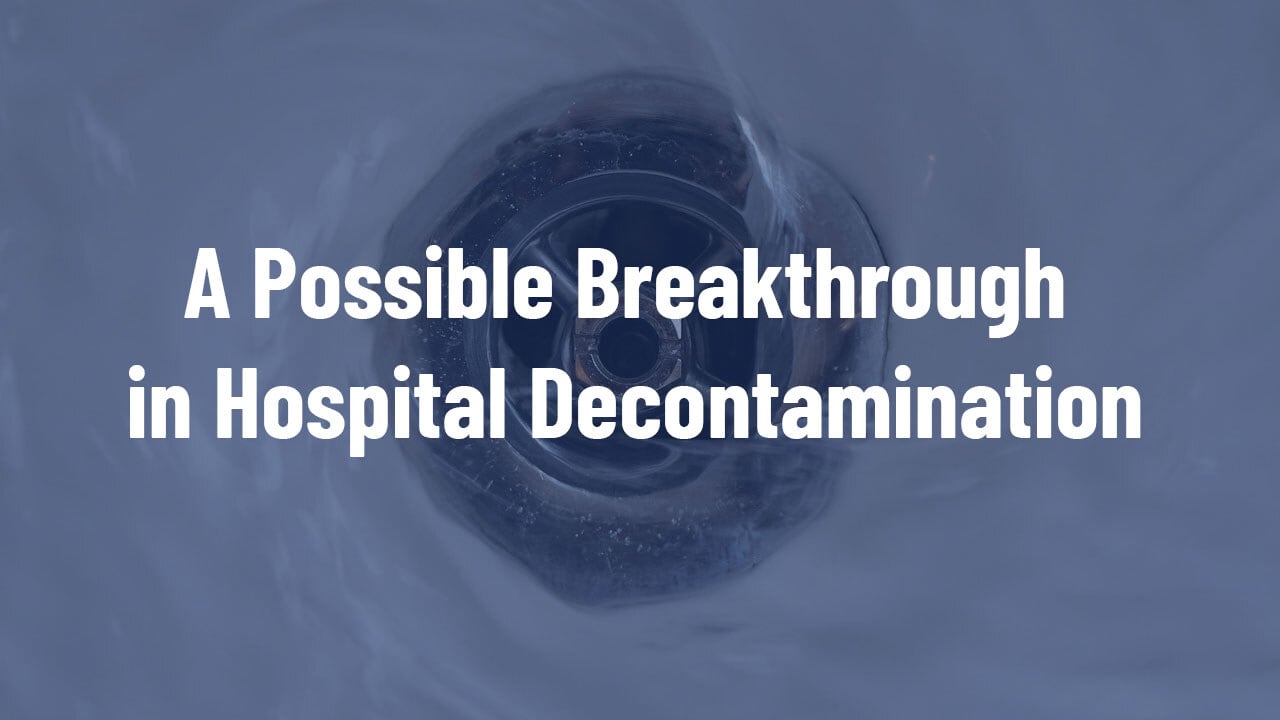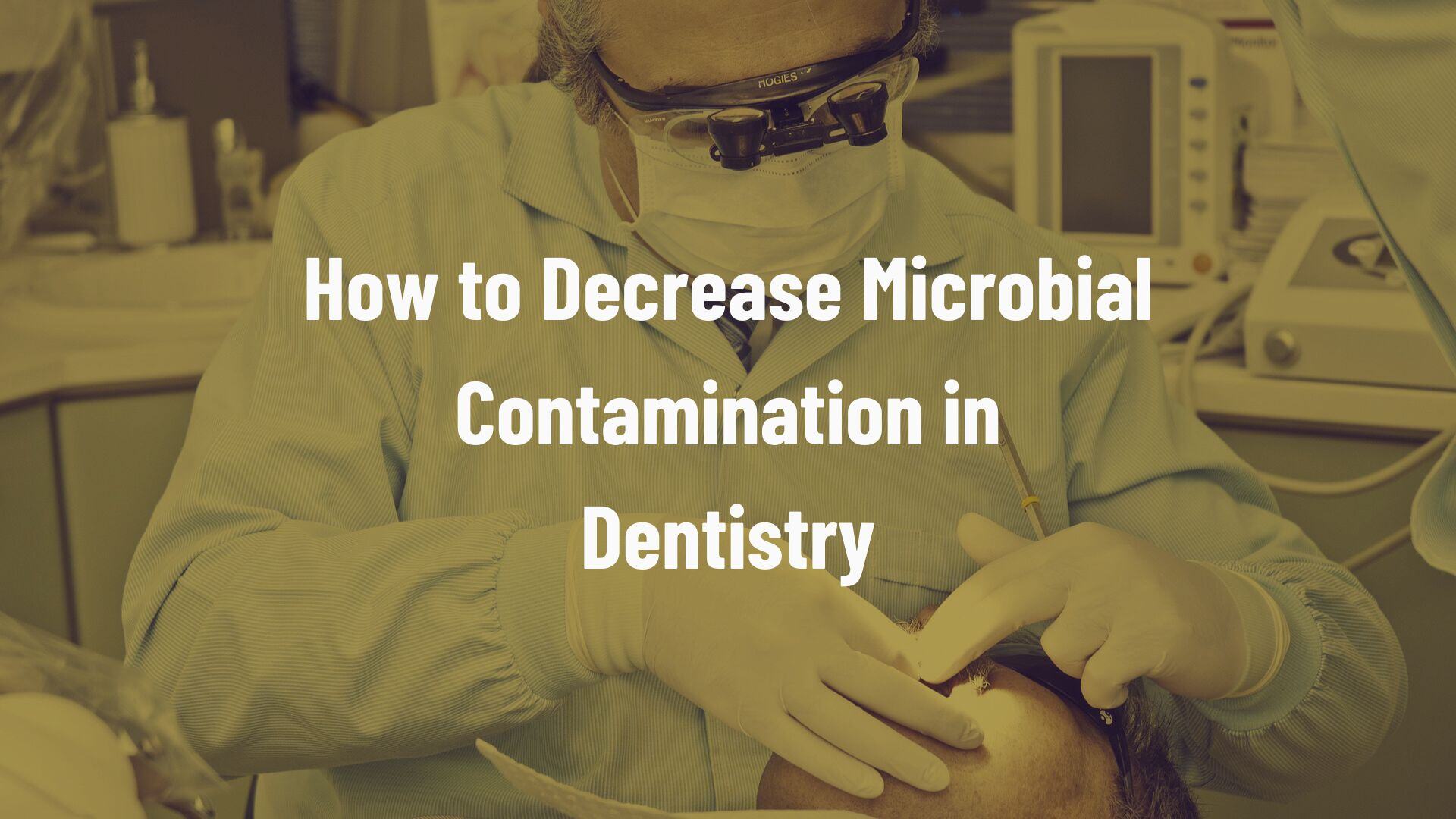6 min read
Far-UVC and Eye Safety: Findings from a 36-Month Study
Emilie Hage Mogensen
:
16 Jan, 2025
.jpg)
We’ve made some incredible advancements regarding disinfection, but one question always lingers: can we make it safer for people? Traditional UVC light has long been trusted for its ability to kill bacteria and viruses. The catch? It’s too harsh to use in spaces where people are present.
That’s where 222 nm Far-UVC light steps in. To deliver continuous disinfection, even in occupied spaces.
A recent 36-month clinical study provides new insights. In this blog, we’ll unpack what this study found about the long-term safety of Far-UVC for human eyes, why the 222 nm wavelength matters, and how this technology could change the way we think about hygiene in public spaces.
Understanding Far-UVC and 222 nm Light
What is Far-UVC?
Far-UVC is a type of ultraviolet light emitted at a 222 nm wavelength that effectively deactivates microorganisms. Unlike traditional UVC light at 254 nm, Far-UVC doesn’t penetrate the outer dead layer of skin or the outer layer of the cornea, making it safe for use around people while maintaining powerful germicidal properties.
Why is 222 nm wavelength significant for safety?
The 222 nm wavelength is unique in its ability to disinfect without causing harm when used within regulatory limits. Unlike longer UV wavelengths, it interacts only with the outermost layers of the skin and eyes, which naturally renew themselves. This makes it ideal for continuous disinfection in occupied spaces, as confirmed by the 36-month clinical study showing no adverse effects even after daily exposure.
.jpg?width=788&height=421&name=Untitled%20design%20(38).jpg)
The Purpose of the Study
Why evaluate the ocular safety of 222 nm Far-UVC?
222 nm Far-UVC has the potential to transform disinfection practices by enabling continuous use in occupied spaces. However, safety is paramount, particularly regarding human eyes, which are sensitive to ultraviolet light.
This study was designed to address an important question: Can prolonged exposure to 222 nm Far-UVC light cause harm to the eyes? Shorter-term studies have shown its safety, but now we also have data collected over a longer period. Since 222 nm Far-UVC is intended for environments like hospitals and clinics, where people are exposed for extended periods, understanding its ocular safety under real-world conditions is essential.
How the Study Was Conducted
The need for long-term, real-world safety data
This 36-month clinical study took place in an ophthalmology examination room equipped with 222 nm Far-UVC lamps. Four ophthalmologists, regularly working in the room, were observed and underwent detailed eye health assessments at regular intervals, starting before exposure and continuing through 36 months.
The study measured key parameters like visual acuity, refractive error, and corneal health to detect any potential effects of prolonged exposure. The lamps used were carefully calibrated to emit Far-UVC light within the previously established safety threshold of 22 mJ/cm² per 8-hour period.
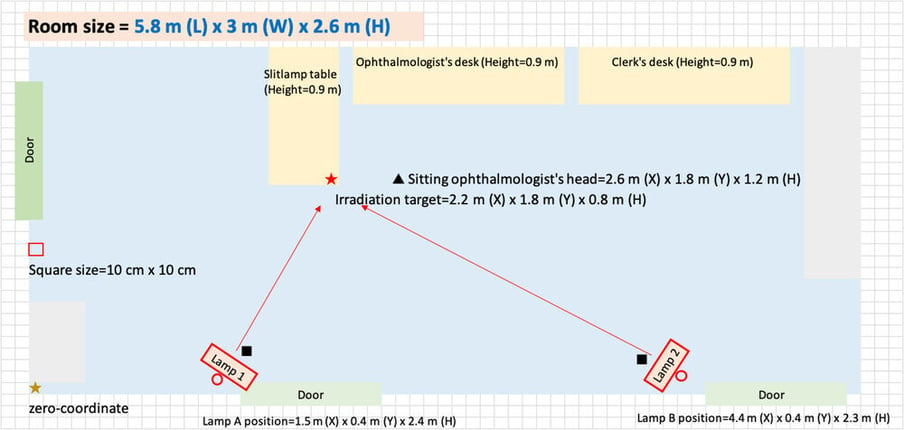 Ophthalmology Department's examination room where the 222-nm UV-C lamps were installed.
Ophthalmology Department's examination room where the 222-nm UV-C lamps were installed.By monitoring real-world conditions and participants with continuous exposure, the study provided insights into the long-term safety of 222 nm Far-UVC.
Key Findings from 36 Months of Observation
The 36-month study yielded consistent results, reinforcing the safety of 222 nm Far-UVC light for prolonged use in occupied spaces. Here are the key findings:
- No Changes in Visual Acuity or Refractive Error: Participants' vision remained stable throughout the study, with no significant alterations in visual acuity or refractive error over the three years.
- Corneal and Eye Health Unaffected: Assessments of corneal health, including endothelial cell density and erosion scores, showed no abnormalities or significant changes.
- No Long-Term Side Effects: No cases of delayed ocular conditions were observed, even after continuous exposure to 222 nm Far-UVC.
- Stable Safety Under Real-World Conditions: The study's conditions, mirroring real-life exposure scenarios in a clinical environment, confirmed that 222 nm Far-UVC is safe when used within regulated exposure limits.
 .
.
| Parameter | Baseline | 1 day | 1 month | 3 months | 6 months | 12 months | 36 months | |
| Corneal erosion density score | ||||||||
| Right Eye | 0 | 0 | 0 | 0 | 0 | 0 | 0 | |
| Left Eye | 0 | 0 | 0 | 0 | 0 | 0 | 0 | |
| Conjunctival hyperemia score | ||||||||
| Right Eye | 0 | 0 | 0 | 0 | 0 | 0 | 0 | |
| Left Eye | 0 | 0 | 0 | 0 | 0 | 0 | 0 | |
| Cataract | ||||||||
| Right Eye | None | None | None | None | None | None | None | |
| Left Eye | None | None | None | None | None | None | None | |
| Lid change | ||||||||
| Right eye | None | None | None | None | None | None | None | |
| Left eye | None | None | None | None | None | None | None | |
Why 222 nm Far-UVC Is Safe for Eyes
The safety of 222 nm Far-UVC for human eyes lies in its limited penetration depth. Unlike traditional UVC wavelengths, which can cause damage by reaching deeper layers of skin and the eye, 222 nm light interacts only with the outermost cell layers. These layers naturally renew within 24–48 hours, preventing long-term damage.
These findings confirm that 222 nm Far-UVC is a safe disinfection solution for occupied spaces, offering effective microbial control without compromising eye health.
Practical Applications of 222 nm Far-UVC
Integrating 222 nm Far-UVC technology in healthcare environments has transformed disinfection practices, offering both safety and efficacy in occupied spaces. Here’s how this technology is being applied across various healthcare settings:
Hospitals and Patient Rooms
 Far-UVC has been already implemented in hospitals. The goal? Reducing the risk of healthcare-associated infections (HAIs). Studies show that when used alongside manual cleaning, Far-UVC significantly decreases harmful pathogens like Pseudomonas aeruginosa, Staphylococcus aureus, and Candida auris on high-touch surfaces. This not only enhances patient safety but also facilities meeting stringent cleanliness standards. Learn more about hospital decontamination with Far-UVC here.
Far-UVC has been already implemented in hospitals. The goal? Reducing the risk of healthcare-associated infections (HAIs). Studies show that when used alongside manual cleaning, Far-UVC significantly decreases harmful pathogens like Pseudomonas aeruginosa, Staphylococcus aureus, and Candida auris on high-touch surfaces. This not only enhances patient safety but also facilities meeting stringent cleanliness standards. Learn more about hospital decontamination with Far-UVC here.
Ambulances and Emergency Transport
Emergency vehicles are high-risk environments for pathogen transmission. UV Medico’s partnership with Falck has demonstrated how Far-UVC can maintain safe, sterile conditions in ambulances, continuously disinfecting both air and surfaces. Read about how Far-UVC is improving ambulance safety here.
Waiting Rooms and Common Areas
In shared spaces like waiting rooms, Far-UVC wipes out airborne bacteria and viruses, reducing the risk of disease spread. Studies report an impressive equivalent air changes per hour (eACH) rate of 184, far surpassing what traditional ventilation systems can offer. Discover how Far-UVC tackles airborne viruses in public spaces here.
Economic and Health Benefits
The use of Far-UVC also brings significant cost savings. In healthcare facilities, reducing sick days among staff and lowering infection rates translates to better patient outcomes and operational efficiency. For example, studies estimate up to €3.3 million in benefits for a large office during severe pandemic conditions. Explore the economic impact of Far-UVC here.
Specialized Applications
Far-UVC’s potential extends beyond bacteria and viruses—it also combats mold infestations. This can be particularly valuable in hospital settings, where maintaining indoor air quality is essential for vulnerable patients. By preventing mold infestations, Far-UVC not only reduces structural risks but also enhances overall health outcomes. Learn how Far-UVC fights mold infestations here.
Conclusion: Far-UVC for Safer, Cleaner Environments
The 36-month clinical study offers evidence that 222 nm Far-UVC is safe for prolonged use around humans. Participants showed no changes in visual acuity, corneal health, or long-term eye safety, even after years of exposure within regulated limits. This reinforces the role of Far-UVC as a reliable solution for continuous disinfection in real-world settings like hospitals, clinics, and other occupied spaces.
Combining effectiveness and safety, Far-UVC opens the door to better infection control practices. Its ability to significantly reduce harmful pathogens without harming people makes it a valuable tool for creating healthier environments. As research continues, Far-UVC stands out as a critical advancement in the fight against infections in healthcare and beyond.
References
Sugihara K, Kaidzu S, Sasaki M, Ichioka S, Sano I, Hara K, Tanito M. Ocular safety of 222-nm far-ultraviolet-c full-room germicidal irradiation: A 36-month clinical observation. Photochem Photobiol. 2024 Dec 10. doi: 10.1111/php.14052. Epub ahead of print. PMID: 39659140. https://onlinelibrary.wiley.com/doi/10.1111/php.14052
Sugihara K, Kaidzu S, Sasaki M, Tanito M. Interventional human ocular safety experiments for 222-nm far-ultraviolet-C lamp irradiation. Photochem Photobiol. 2024 Aug 19. doi: 10.1111/php.14016. Epub ahead of print. PMID: 39161063. https://onlinelibrary.wiley.com/doi/10.1111/php.14016
Buonanno M, Hashmi R, Petersen CE, Tang Z, Welch D, Shuryak I, Brenner DJ. Wavelength-dependent DNA damage induced by single wavelengths of UV-C radiation (215 to 255 nm) in a human cornea model. Sci Rep. 2025 Jan 2;15(1):252. doi: 10.1038/s41598-024-84196-4. PMID: 39747969; PMCID: PMC11696903. https://www.nature.com/articles/s41598-024-84196-4
Frequently Asked Questions
-
Is 222 nm Far-UVC safe for human eyes?
Yes, the 36-month clinical study confirmed that prolonged exposure to 222 nm Far-UVC light does not harm visual acuity, corneal health, or other eye parameters when used within regulated limits.
-
Why is the 222 nm wavelength important for safety?
The 222 nm wavelength interacts only with the outermost layers of the skin and eyes, which naturally renew themselves within 24–48 hours. This limited penetration ensures safety while maintaining germicidal efficacy.
-
What are the real-world applications of Far-UVC in healthcare?
Far-UVC is used in hospitals to reduce pathogens on high-touch surfaces, in ambulances to maintain sterile conditions, and in waiting rooms to improve air quality by inactivating airborne viruses like influenza and coronaviruses. Besides that, it is also used in industries like cleanrooms and pharma for full decontamination of gowned cleanroom operators in seconds.
-
Does Far-UVC help reduce airborne viruses?Yes, studies show that Far-UVC can reduce airborne viruses in occupied spaces by more than 99%. Its equivalent air changes per hour (eACH) far exceed the capabilities of standard ventilation systems.
-
Are there any long-term risks associated with Far-UVC?
The 36-month study found no long-term adverse effects on eye health, such as photokeratitis or cataracts, even with regular exposure under real-world conditions.
-
Is Far-UVC environmentally friendly?
Yes, Far-UVC systems are mercury-free, chemical-free, and energy-efficient, making them a sustainable choice for continuous disinfection.
 UV222™
UV222™ UV222 Linear
UV222 Linear UV222 Downlight
UV222 Downlight Vertex 222
Vertex 222.png) UV222 Pendant
UV222 Pendant.png) UV222 Booth
UV222 Booth.png) UV222 Step-On
UV222 Step-On.png) UV222 Cleanroom Downlight
UV222 Cleanroom Downlight UV222 Dual Downlight 60x60
UV222 Dual Downlight 60x60 UV222 Material Airlock
UV222 Material Airlock UV222 Ambulance
UV222 Ambulance UV222 Compact
UV222 Compact UV222 Industrial
UV222 Industrial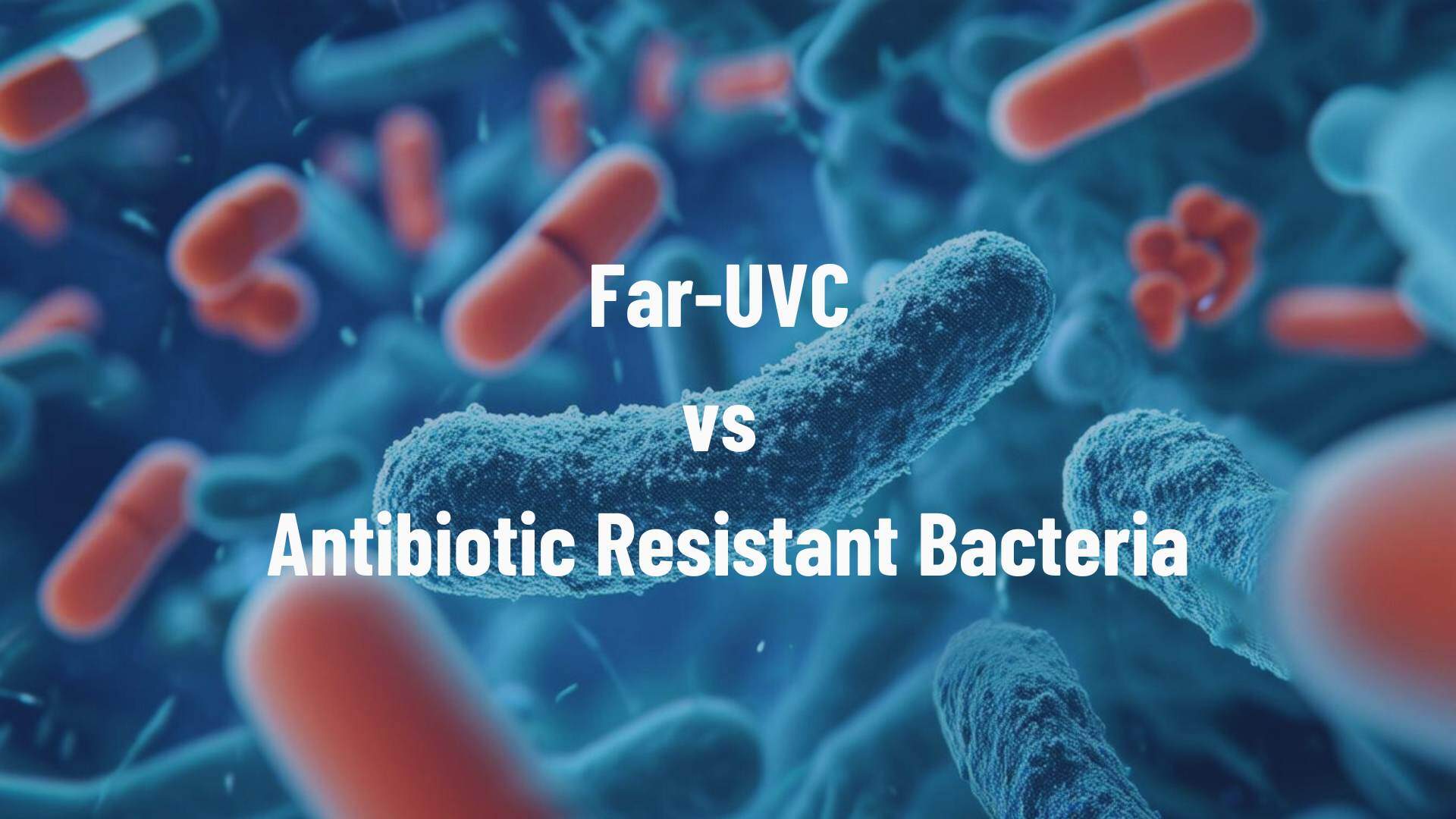
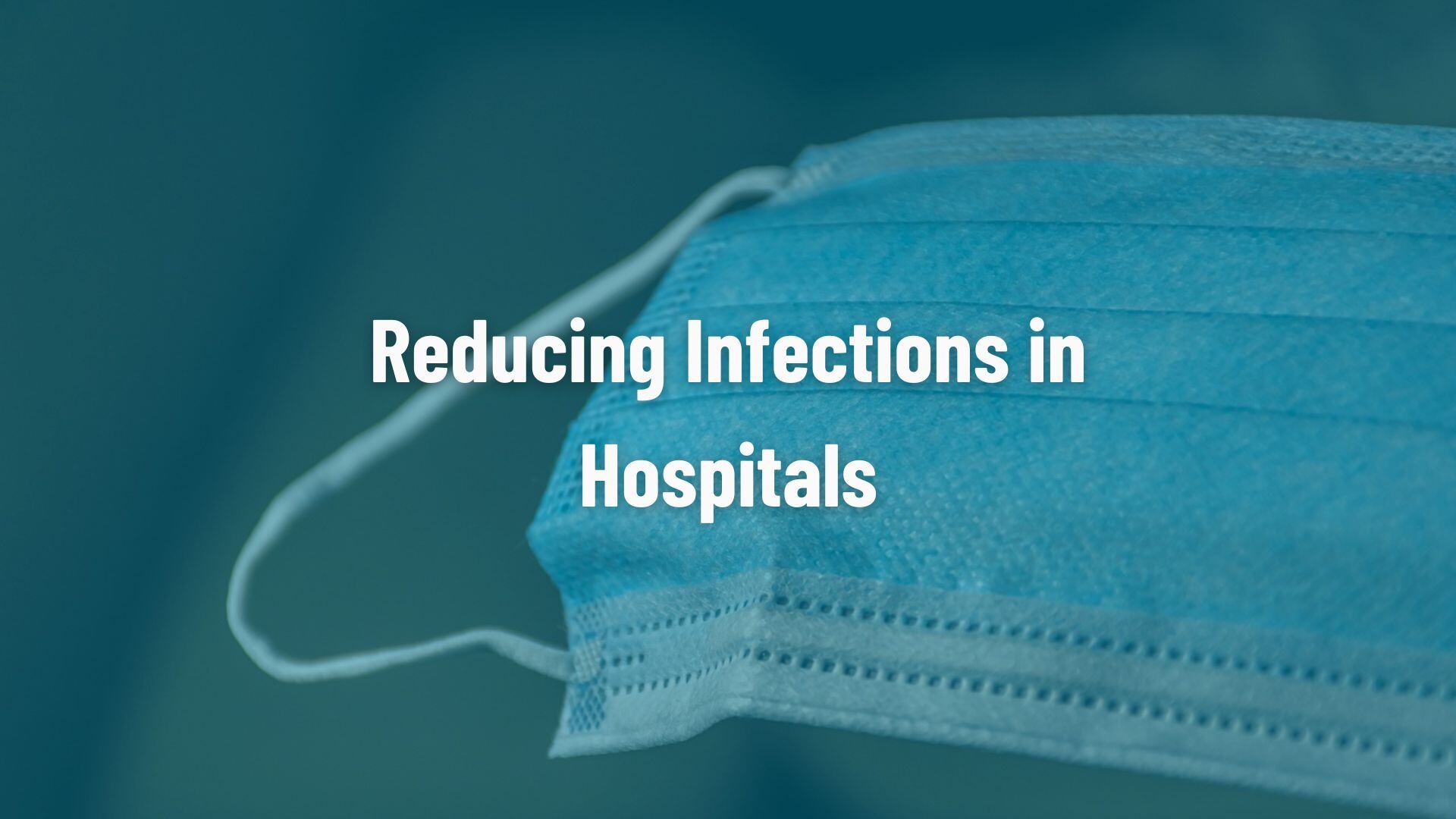
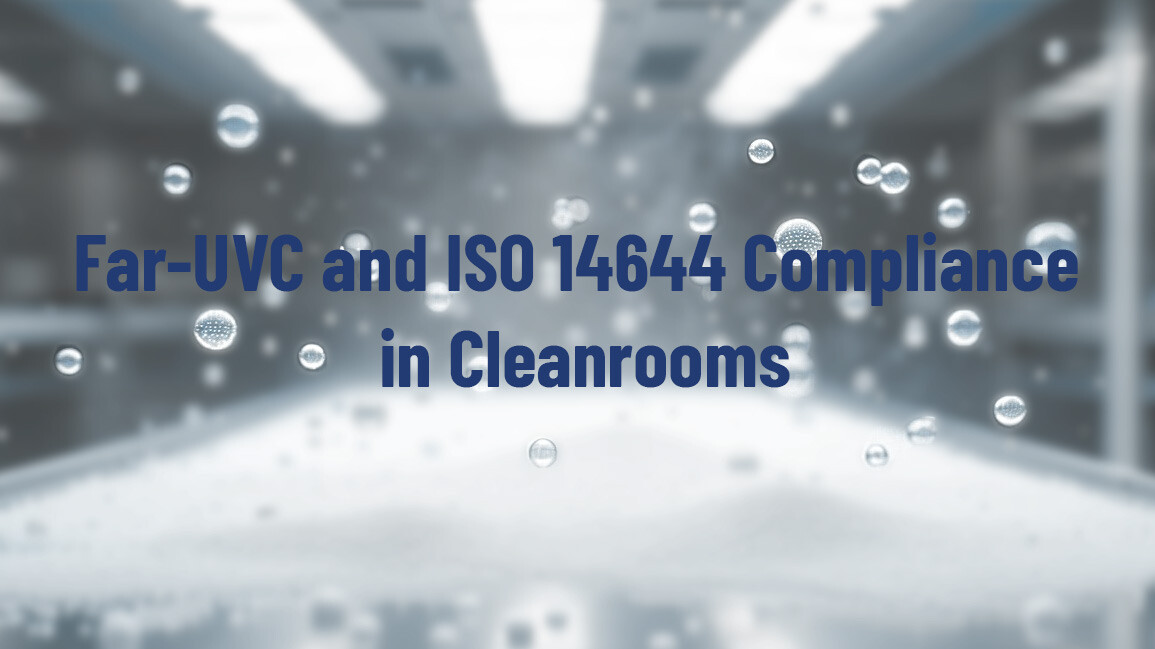

.jpg)
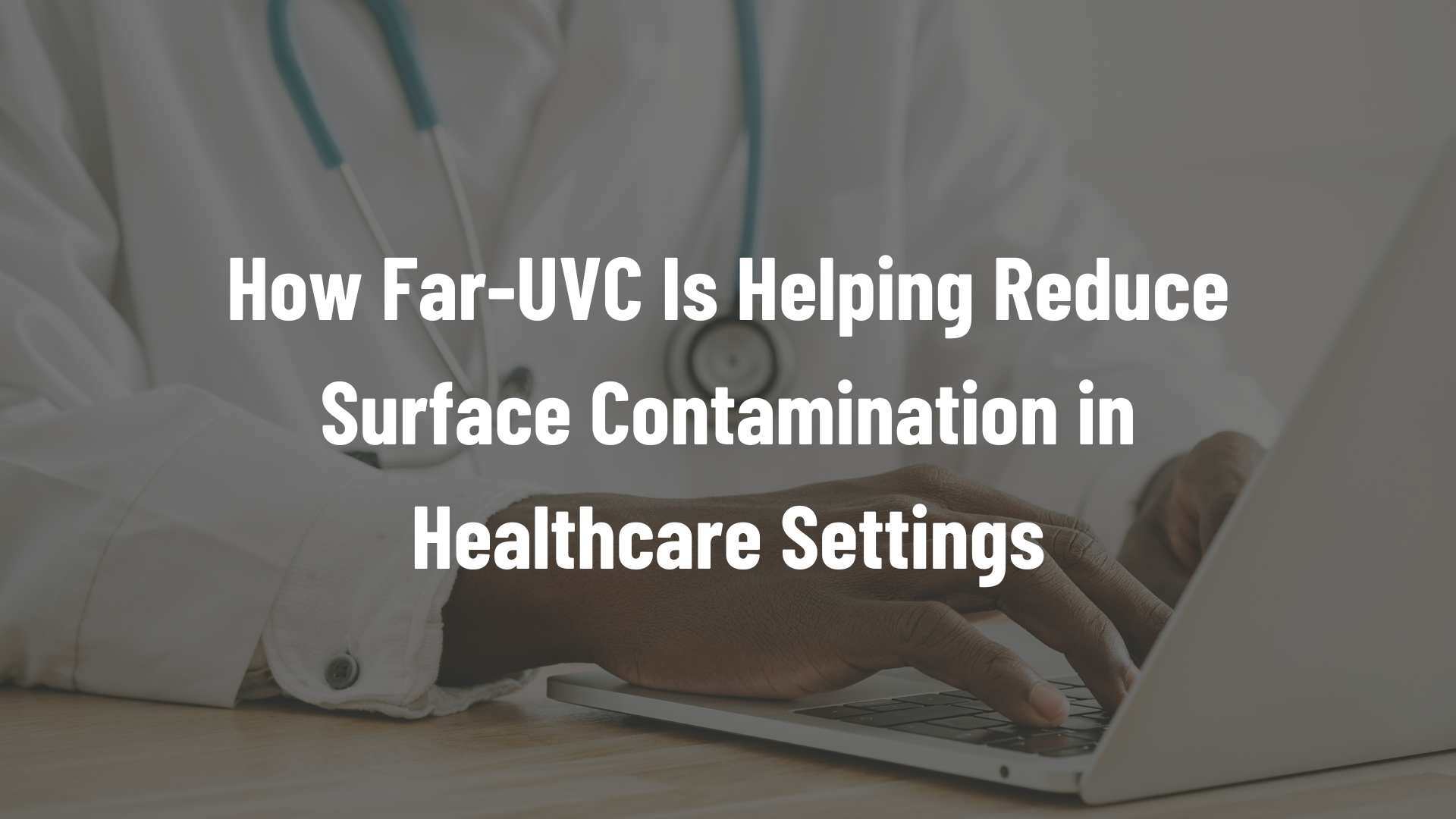

.jpg)
